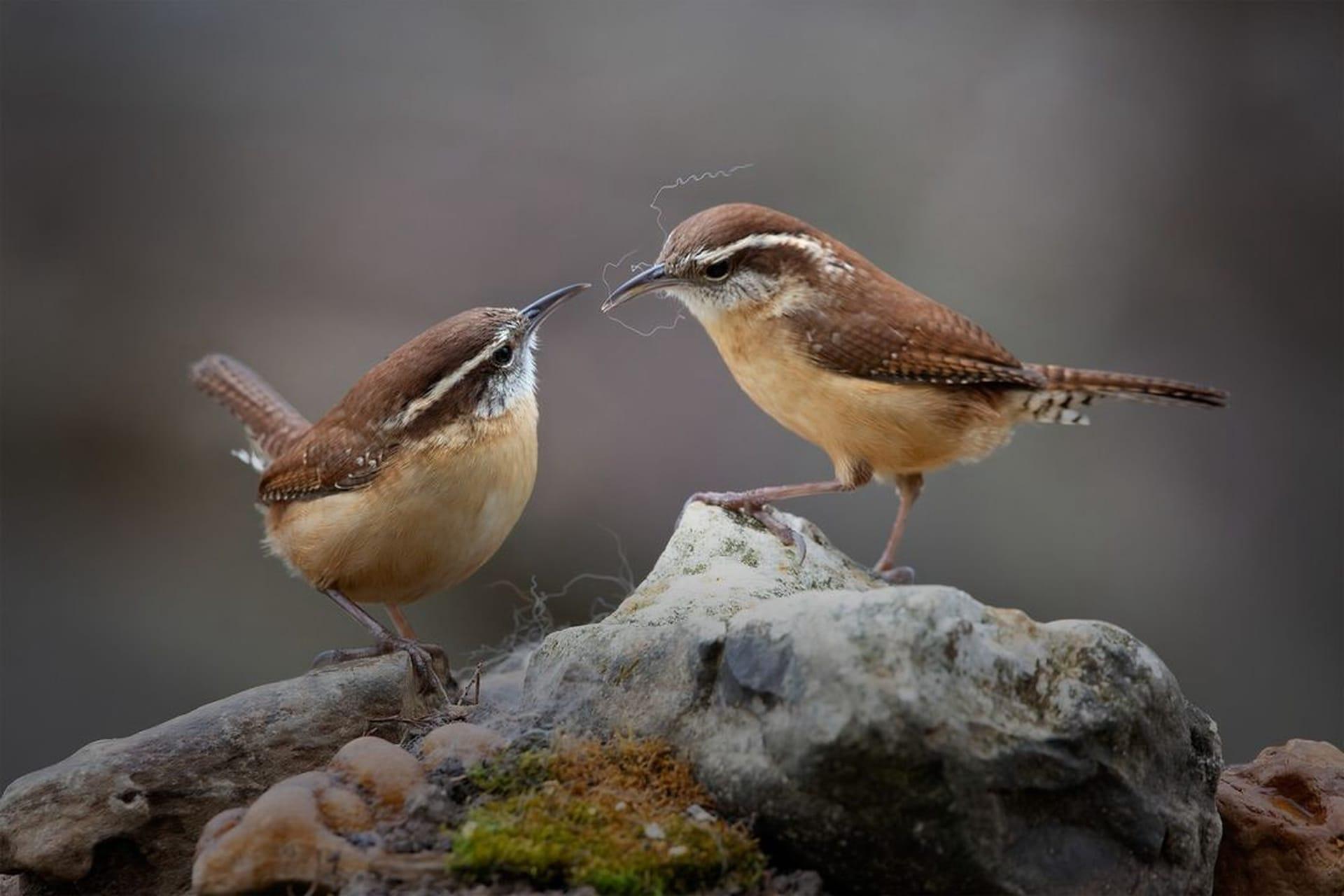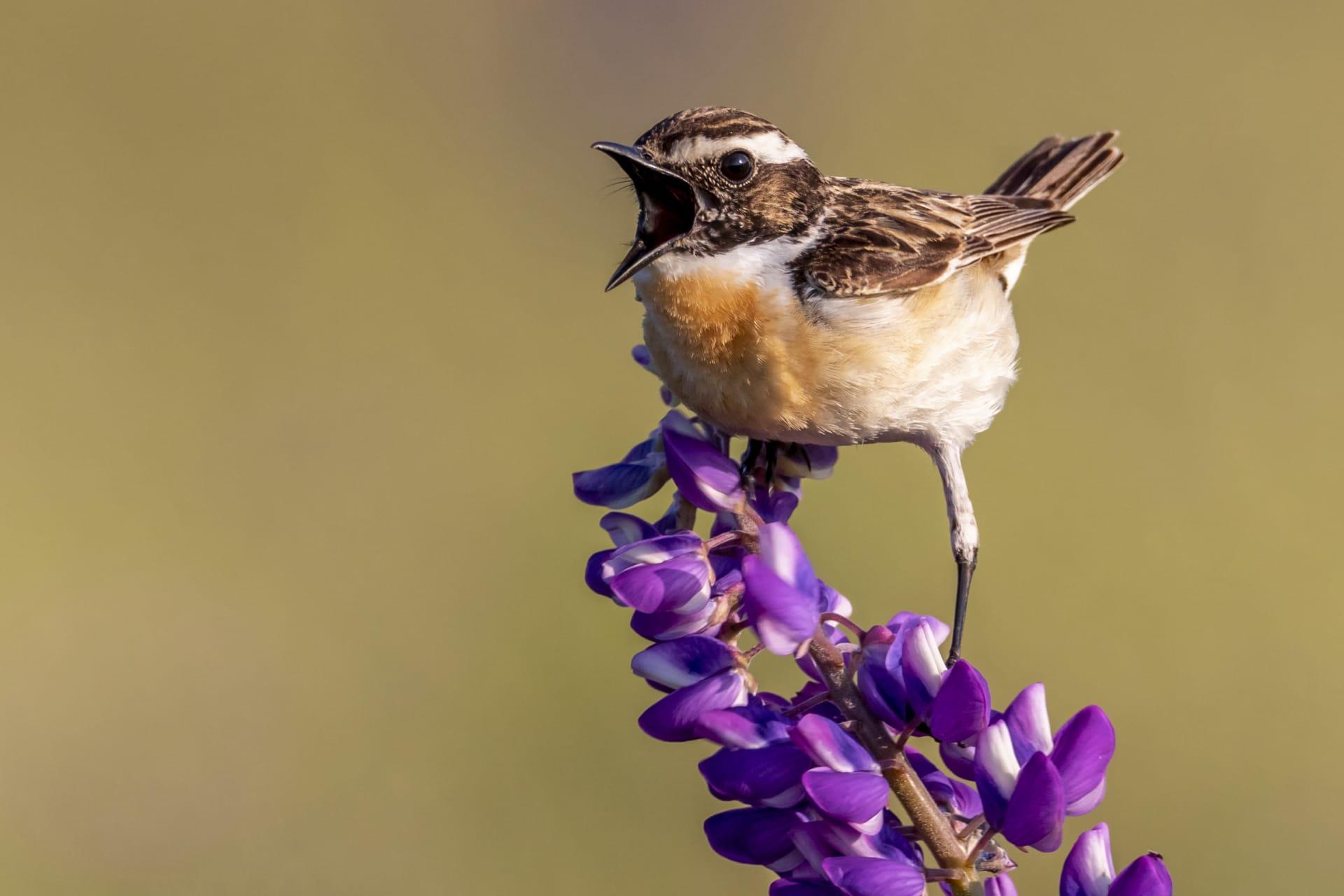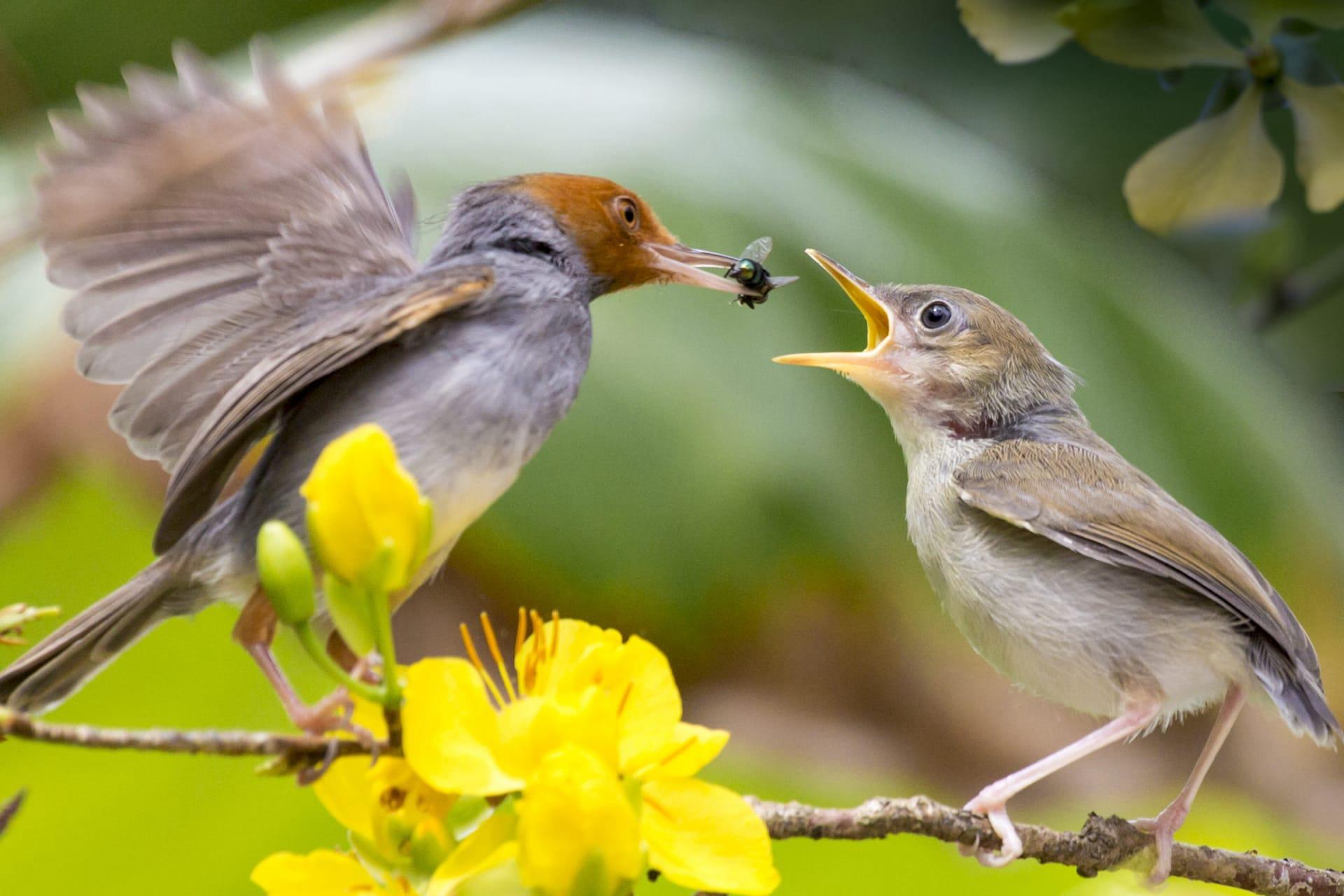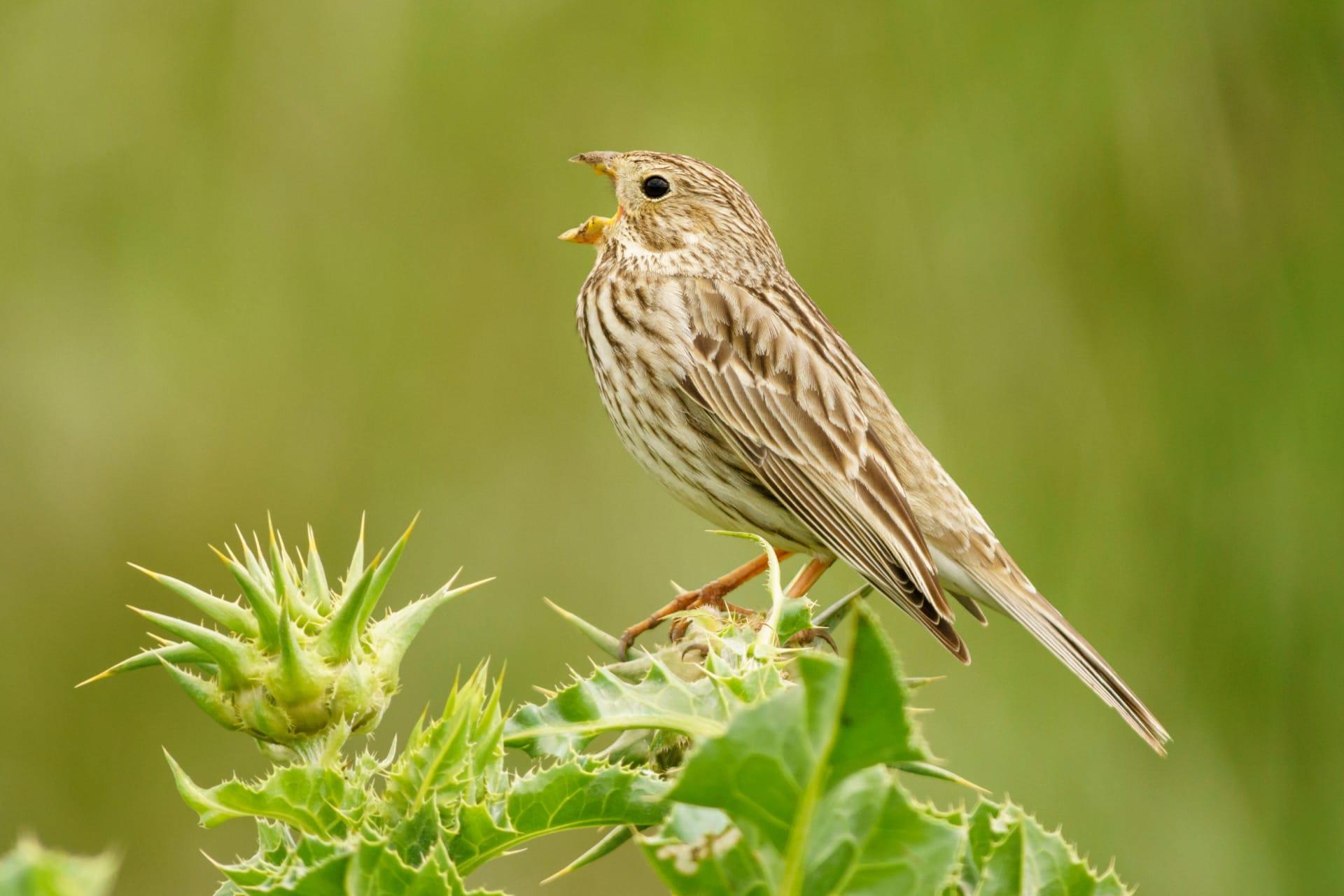Nightingale Trivia
- Home /
- Trivia Question /
- Animal /
- Nightingale Trivia
1
Question: What makes the nightingale's song unique among birds?
Answer: Nightingales are renowned for their powerful and intricate song. Unlike many birds, nightingales can produce a vast array of notes, with some estimates suggesting over 1000 different sounds. These sounds range from whistles, trills, to gurgles and more. What's remarkable is their ability to sing at a rapid rate, sometimes exceeding 16 notes per second. This variety and complexity make their song one of the most varied and beautiful in the bird world.
Question: How far can a nightingale's song travel?
Answer: The nightingale's song is not only melodious but also quite powerful. Under quiet conditions, their song can travel up to 1 kilometer (0.62 miles) away. This impressive range is a result of the bird's strong syrinx (the bird equivalent of a human's vocal cords). The nightingale uses its song primarily during mating season, to attract mates and to ward off rivals, and this long-range communication is crucial for these purposes.

2
Question: Do nightingales only sing at night?
Answer: Contrary to popular belief, nightingales don't exclusively sing at night. They are named for their habit of singing at night, but they also sing during the day. However, their nocturnal serenades are more noticeable, especially in urban areas where daytime noises can drown out their song. The reason they sing at night is to avoid competition with other birds' songs and to reduce the risk of being preyed upon while singing.
Question: Is it true that only male nightingales sing?
Answer: Yes, in the case of nightingales, only the males sing. Male nightingales sing to attract females and to mark their territory. Their songs during the mating season are especially vibrant and complex. Female nightingales are vocal but don't produce the same kind of elaborate song. They may make calls and noises, especially when communicating with their chicks or warning of danger, but these are not considered 'songs' in the same way as the male's performance.

3
Question: How do nightingales learn their songs?
Answer: Nightingales learn their songs both from their genetic instincts and through learning from their environment. Young nightingales listen to the songs of adult males, especially during their first few months. They start practicing these songs even before they leave the nest, honing their skills until they can replicate the complex melodies and rhythms. This learning process is crucial for their survival and reproductive success.
Question: What is the lifespan of a nightingale?
Answer: Nightingales typically have a lifespan of about 1 to 2 years in the wild, although they can live longer under ideal conditions. The oldest recorded nightingale lived for 9 years. Their lifespan is influenced by various factors, including predation, habitat loss, and environmental changes. During their lifetime, they may migrate thousands of miles, facing numerous challenges along the way.

4
Question: What do nightingales eat?
Answer: Nightingales are omnivorous birds with a diet that includes insects, fruits, and seeds. Their favorite foods are small invertebrates like worms, beetles, and caterpillars, which they forage from the ground or from foliage. During migration, they may also eat berries and other small fruits to supplement their diet. This varied diet helps them maintain the energy needed for their active lifestyles and long migrations.
Question: Where can nightingales be found geographically?
Answer: Nightingales are primarily found in Europe and parts of Asia. Their breeding range extends from the United Kingdom and Spain in the west to Russia and Kazakhstan in the east. In winter, they migrate to sub-Saharan Africa, traveling thousands of kilometers. They prefer dense vegetation and are often found in forests, thickets, and gardens, where they can find food and hide from predators.

5
Question: How does climate change affect nightingales?
Answer: Climate change poses significant threats to nightingales. Changes in temperature and weather patterns can affect their migration, breeding patterns, and food availability. For instance, earlier springs can lead to a mismatch between the peak availability of insects (their primary food source during breeding season) and the time when they need to feed their chicks. Habitat loss due to human activities further exacerbates these challenges.
Question: Are nightingales monogamous birds?
Answer: Nightingales are generally not monogamous. While some pairs may stay together for a breeding season, it's common for both males and females to have multiple partners. Males attract females with their song, and a strong, attractive song can lead to a male mating with several females in a season. This polygamous behavior increases genetic diversity within the species, which is beneficial for their survival.